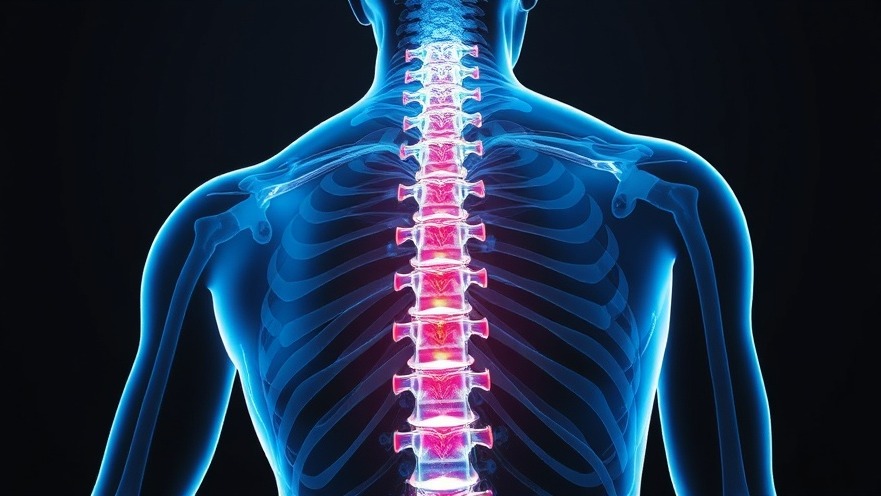
Revolutionizing Spinal Cord Injury Research with Conductive Hydrogels
As the intersection of technology and medicine continues to evolve, researchers at Binghamton University have devised a groundbreaking solution aimed at enhancing the study of spinal cord injuries: a flexible conductive hydrogel. This innovative material can transmit clear signals while conforming to the body's movement, crucial for practical, long-term use in bioelectronic devices.
Understanding the Challenges
Spinal cord injuries present a complex challenge for medical practitioners. Traditional materials used in bioelectronics often lack the necessary flexibility, leading to potential damage when interfacing with soft tissues. According to Assistant Professor Siyuan Rao, lead author of the study published in Nature Communications, a rigid material within dynamic tissue can exacerbate injury. The newly developed hydrogel addresses this fundamental issue, providing a means to monitor nerve activity without risking further harm to surrounding tissues.
The Technology Behind the Hydrogel
This hydrogel incorporates conductive carbon nanotubes, which facilitate the recording of electrical signals from spinal cord neurons and leg muscles in mice. Assistant Professor Rao emphasizes that the technology allows for long-term functionality while capturing the activity of individual cells in the spinal cord. "Our technologysolves that fundamental problem, so we can pick up a single cell's activity from the spinal cord and maintain the device's functionality for a long time,” she said.
Collaboration and Future Directions
The research involved a collaborative effort among scientists from various prestigious institutions, including the University of Massachusetts and MIT. With multiple contributors, including researchers like Sizhe Huang and Qianbin Wang, the team is focused on future investigations into pain inhibition and restoring motor functions in spinal cord injuries.
Physical Properties of the Hydrogel
The conductive hydrogel is constructed from a synthetic plastic polymer that is both nontoxic and biocompatible, exhibiting high water absorption. This feature is pivotal; as Huang described, "You can imagine it as a sponge that contains a lot of water and the conductive material, which are the nanocarbon tubes invisible to the naked eye because they're so small." Such properties ensure that the hydrogel mimics the natural extracellular environment, aiding not only in signal transmission but also facilitating tissue regeneration.
Future Predictions and Opportunities
The implications of this innovation extend beyond spinal injury research. With conductive hydrogels potentially useful in a broader array of neural applications, experts predict a significant shift in how electrical signals are utilized in bioengineering. As technologies like these develop, they may forge a path toward more effective treatment methodologies for patients suffering from various types of nerve damage.
Actionable Insights for Practitioners
As a healthcare practitioner, staying informed about advancements in biomedical materials like conductive hydrogels can enhance patient care strategies. Understanding the underlying technology allows practitioners to better explain treatments to patients and foster innovative approaches in rehabilitation and recovery.
The Path Ahead
For those involved in the realm of healthcare technology, keeping a watchful eye on developments in conductive hydrogels can prove highly beneficial for clinical practices. It offers a new perspective on treating spinal cord injuries and may pave the way for advanced therapeutic techniques that enhance patient outcomes.
Conclusion: Embracing Innovation
The integration of wearable bioelectronics and conductive materials marks a significant advancement in spinal cord injury research and treatment. For practitioners seeking to provide their patients with the most cutting-edge care, understanding and potentially employing these new technologies could be key to achieving long-term recovery goals.
To continue advancing in treatment plans, engaging with and exploring these innovative biotechnologies could lead to enhanced therapeutic options that align with the evolving landscape of healthcare.
 Add Row
Add Row  Add
Add 




Write A Comment